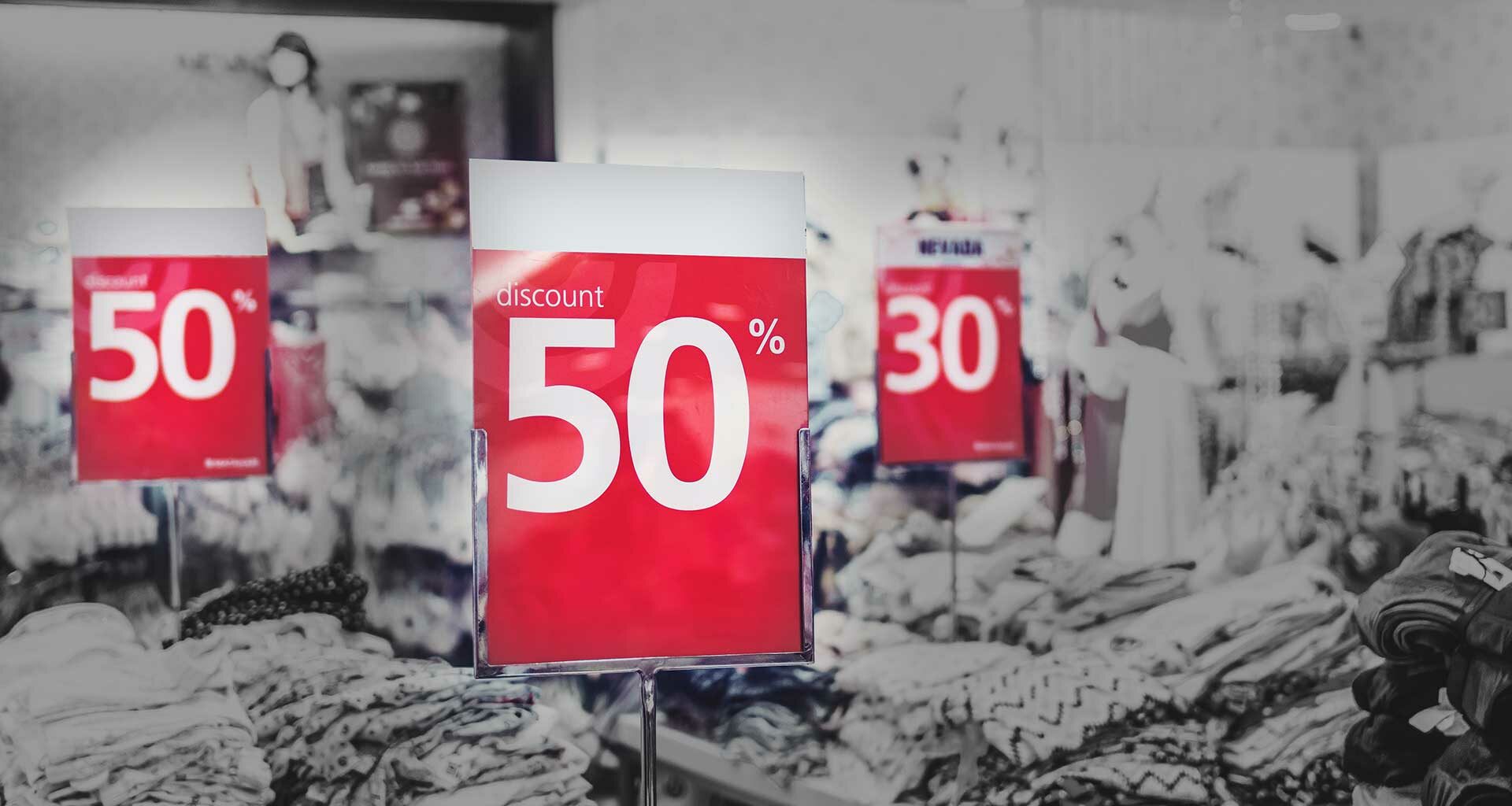Black Friday is coming. It’s this week. That’s the real Black Friday, I’m talking about. I want to be clear since these days “Black Friday” could be referring to, well, almost any day, ever since marketers have come to use the phrase as a not-so-subtle message that things are “on sale.” Even though things are always on sale.
The first mention of a day-after-Thanksgiving “Black Friday,” appeared in 1951 in The Journal of Factory Management and Maintenance, referring to the practice of workers taking a sick day the day after Thanksgiving in order to have a four-day weekend. The editors of the journal were definitely not in favor of that. Back then, the adjective “black” was used as code for “calamity,” accompanied by a pretty clear management message to workers, “If you don’t come in Friday, don’t come in Saturday!”
The term was later used by The New York Times in 1975 to refer to “the busiest shopping and traffic day of the year.” Six years later The Philadelphia Inquirer devised an alternative derivation. Because retailers traditionally operated at a financial loss for most of the year and only made profits during the holiday season, and, as once-common accounting practices used red ink to show losses and black ink to show profits, “Black Friday” was when retailers would “be in the black.” I may be reaching here, but I resolutely believe the editors of The Journal of Factory Management and Maintenance were big into “profits.” Just saying.
Now “Black Friday” competes with retail’s “new normal,” which is earlier (and earlier) consumer holiday shopping. Initially, retailers began to offer “Black Friday” specials as early as early-November. Then October. Then September. Now “Black Friday” shows up months before the actual, on-the-calendar Black Friday, and has become a part of retail puffery used to evoke the notion of incredible savings.
You’ve seen the ads: “Black Friday Starts Now,” “Early Black Friday,” “Early Black Friday Now,” “Black Friday in May,” or “Labor Day’s Black Friday Sale.” And my personal favorite, “Black Friday on Monday.” This marketing model was something Brand Keys dubbed “Black November” 8 years ago. Now it’s “Anytime-It’s-Not-A-Specific-Holiday-And-We’ve-Got-Excess-Inventory Black Friday” (AINASHAWGEIBF), which, I admit, doesn’t flow as trippingly off the tongue as “Black November,” but is an exceptionally accurate description.
The shift away from Black Friday to Black November to AINASHAWGEIBF shouldn’t come as a surprise to anyone, particularly retailers. They’re the ones responsible for the shift in consumer holiday shopping patterns, spending an enormous amount of ad dollars to play, what we called, “Retail Poker.” That’s where retailers keep raising the discount ante. As it got closer to the calendar-Black Friday, a retailer would promise discounts of 10%. Then another would then offer 20% off, and a third would offer a 25% discount. And so on and so on, increasing the ante.
It took nearly half a decade till it occurred to retailers that if they sold a product to a consumer first, the consumer wouldn’t be in the marketplace for that same product from another retailer later on. But to be first, a retailer had to be the first one to offer discounts. So earlier. And earlier. Intuitively-obvious marketing eventually led to the strategy of offering sales well before the actual Black Friday. Which they did. Earlier and earlier. And earlier.
And earlier. This year 70% of consumers indicated they’d already holiday shopped or intended to shop before Black Friday (the one on the calendar). And the number of people not shopping on Black Friday (the one on the calendar) is up again this year to 17%. Yikes!
So, with people doing their holiday shopping earlier (and earlier), and fewer (and fewer) consumers shopping the day after Thanksgiving, you might be asking yourself the question “Is this the end of Black Friday?” (To be clear, I’m asking about the one on the calendar.)
Well, be of good holiday cheer. Brand Keys believes Black Friday still has a retail raison d’être. Because weekends and long weekends customarily boost customer shopping and sales. But in spite of that, Black Friday shopping has decreased over the past decade and will likely decrease this year again, replaced by Black Whenever-A-Retailer-Feels-Like-It, again, not a mellifluous nomenclature either, but an accurate appraisal of the current state of retailing strategy!
It’s probably not surprising that Thanksgiving (aka “Gray Thursday” because stores open after Thanksgiving dinner at 10 or 11 PM just before Black Friday) and the four days that follow – with nomenclatures of their very own – all contributed to creating this different holiday shopping paradigm.
So, along with Grey Thursday, you’ve got Black Friday, Small Business Saturday, Sofa Sunday, and Cyber Monday. And two newish ones: “Giving Tuesday” (started by New York’s 92nd Street Y and the United Nations Foundation in response to the commercialization and consumerism in the post-Thanksgiving season) and “Weeping Wednesday.” That’s the day you get the bill for all the purchases you made Grey Thursday, Black Friday, Small Business Saturday, Sofa Sunday, and Cyber Monday!
Black Friday (the 1981 version) has become more a tradition. Something retailers have done for more than four decades and has become a marketing-default. Families, already gathered for Thanksgiving dinner, think it’s after- dinner fun or something to do between political arguments. A ritual, if you will. So, no worries, Black Friday won’t completely disappear. More especially if you don’t count on seeing it only the day after Thanksgiving!
But with nearly half of holiday shopping going on before that, and with online shopping accounting for 15% of all retail sales, and with stuff on sale 24/7/365, and with retailers like Amazon guaranteeing next-day delivery for everything anywhere, it’s also becoming a retail relic.
Anyway, whenever, wherever, and however you holiday shop, Brand Keys wishes you and your families a Thanksgiving filled with all the goodness of the season and plenty of time to enjoy it.
Despite anything the editors of The Journal of Factory Management and Maintenance might have to say about that!
Photo by Artem Beliaikin on Unsplash












